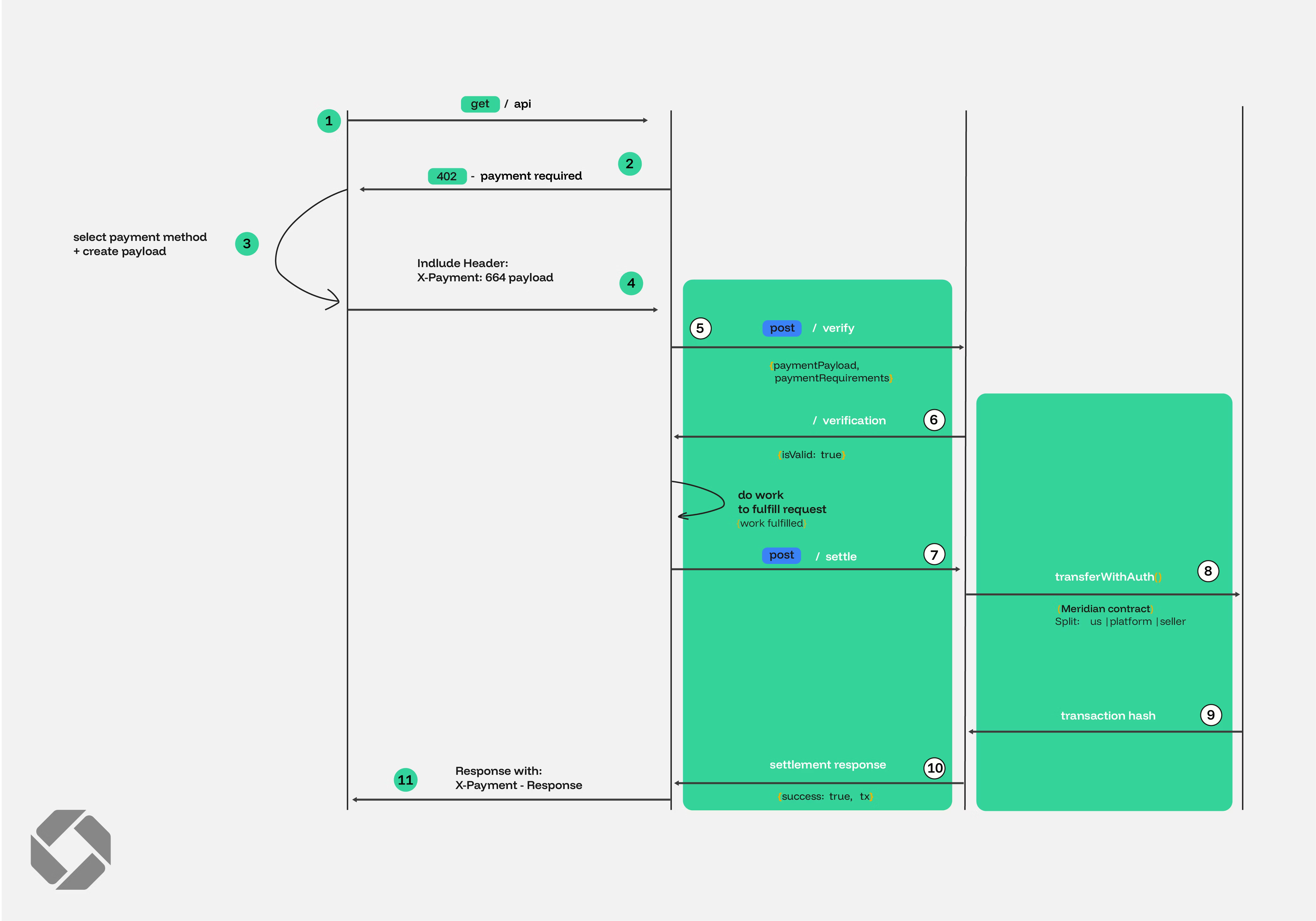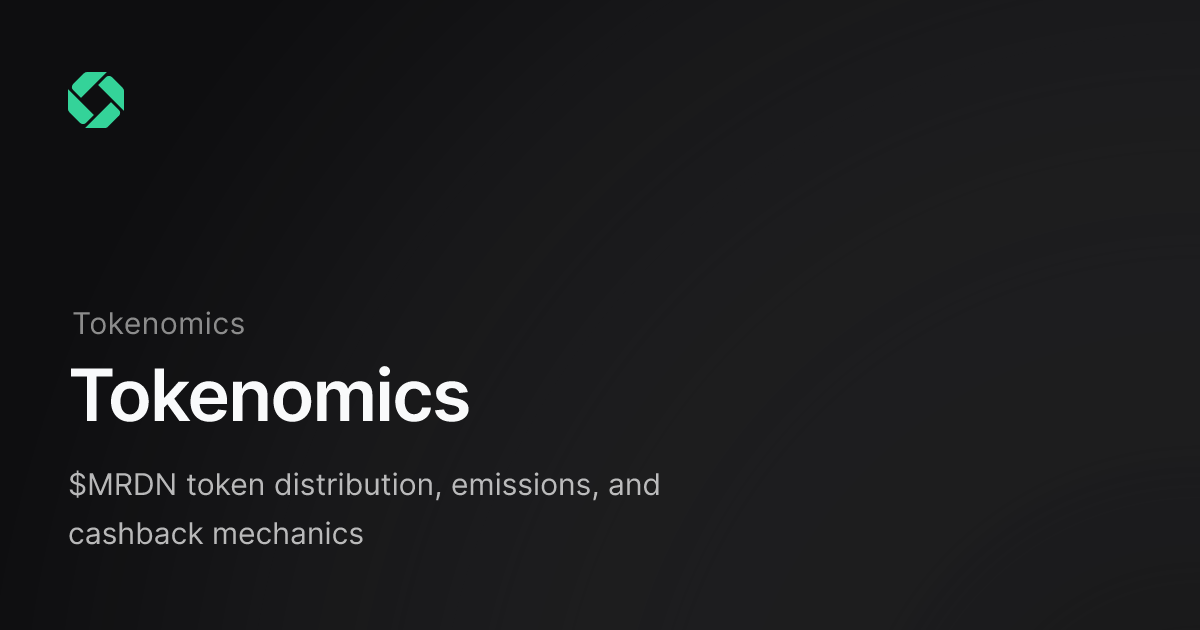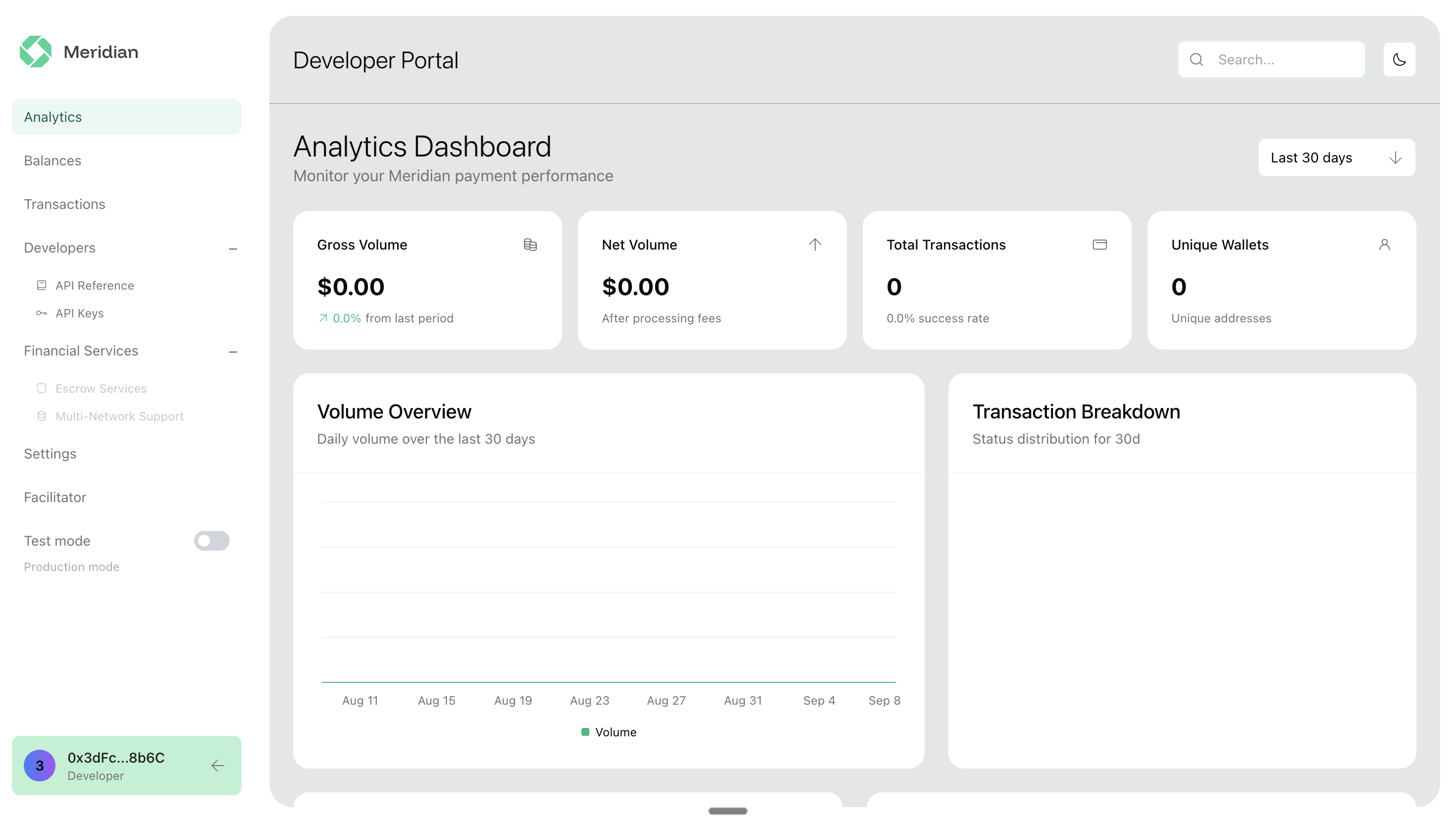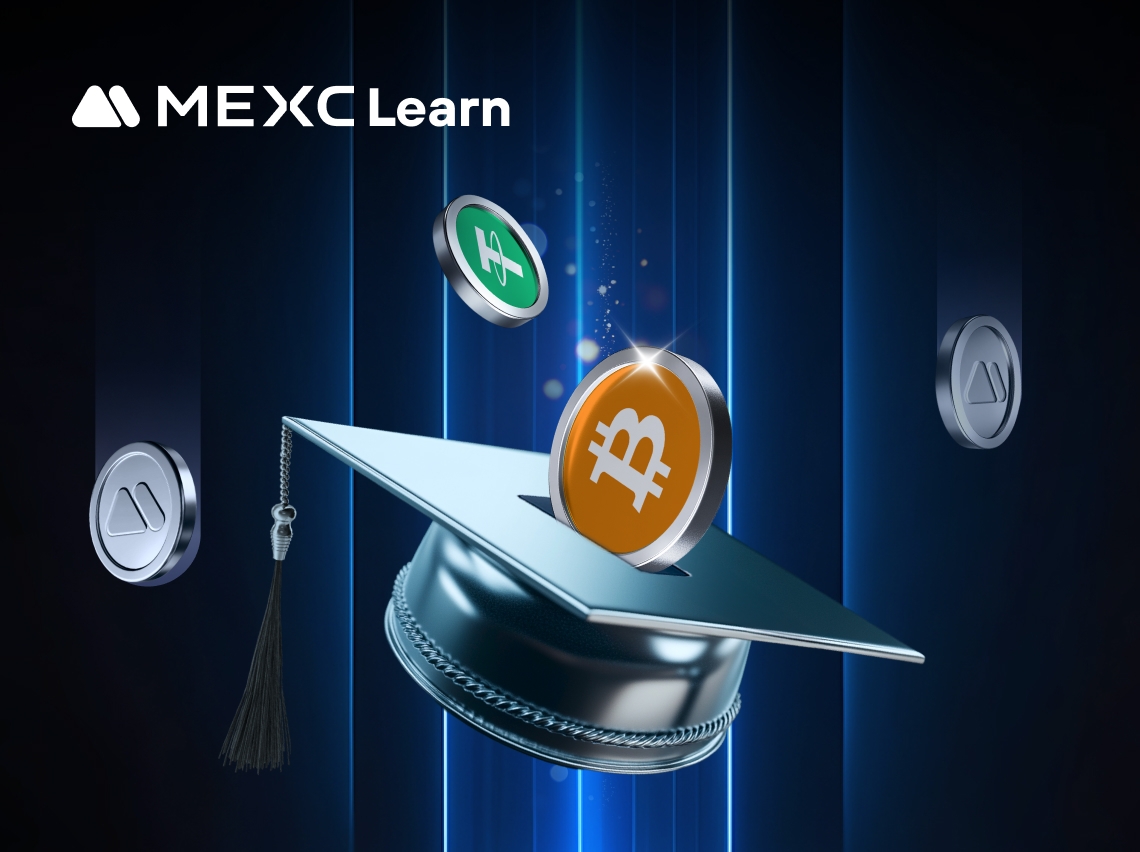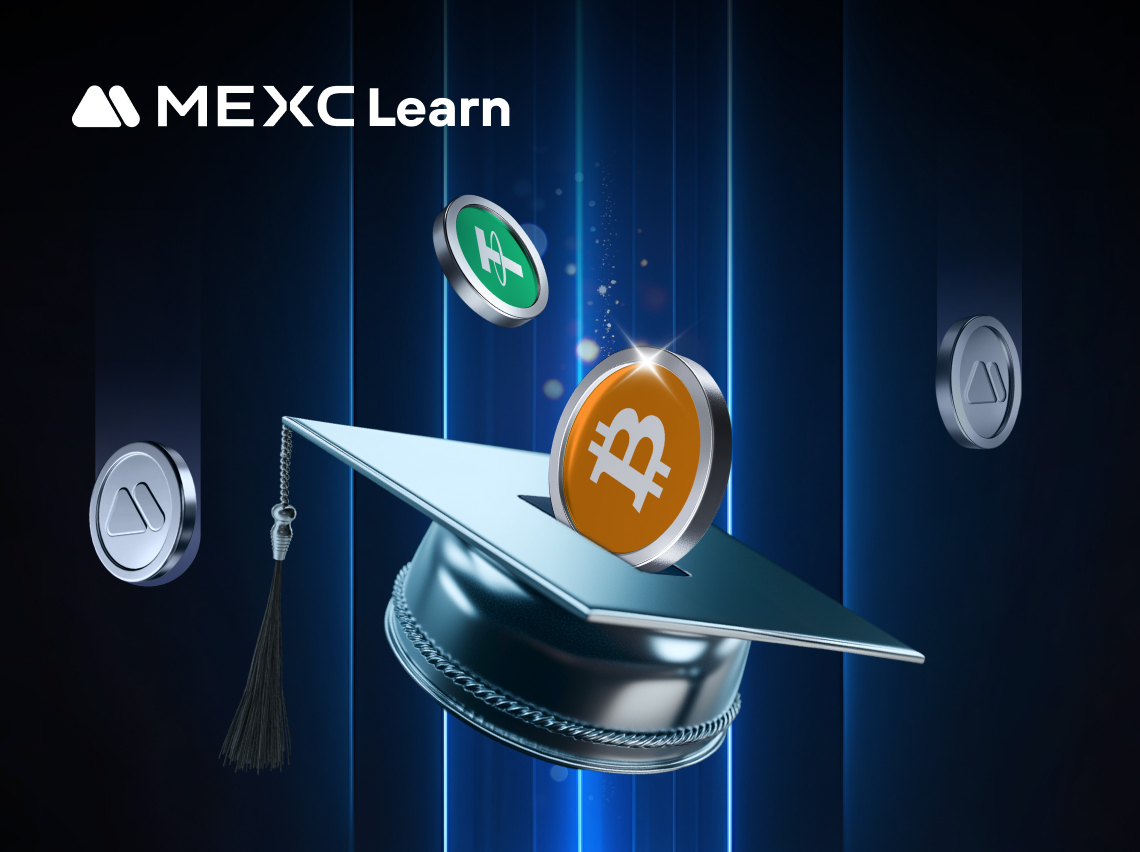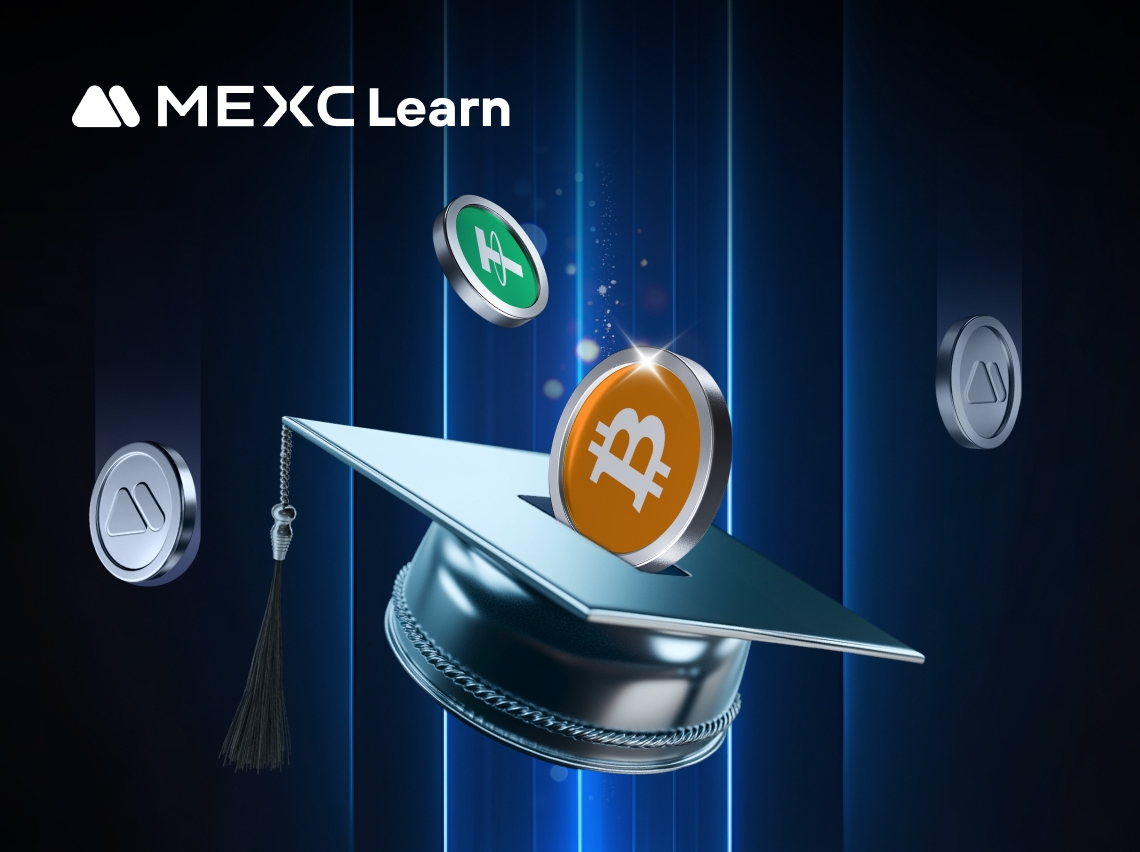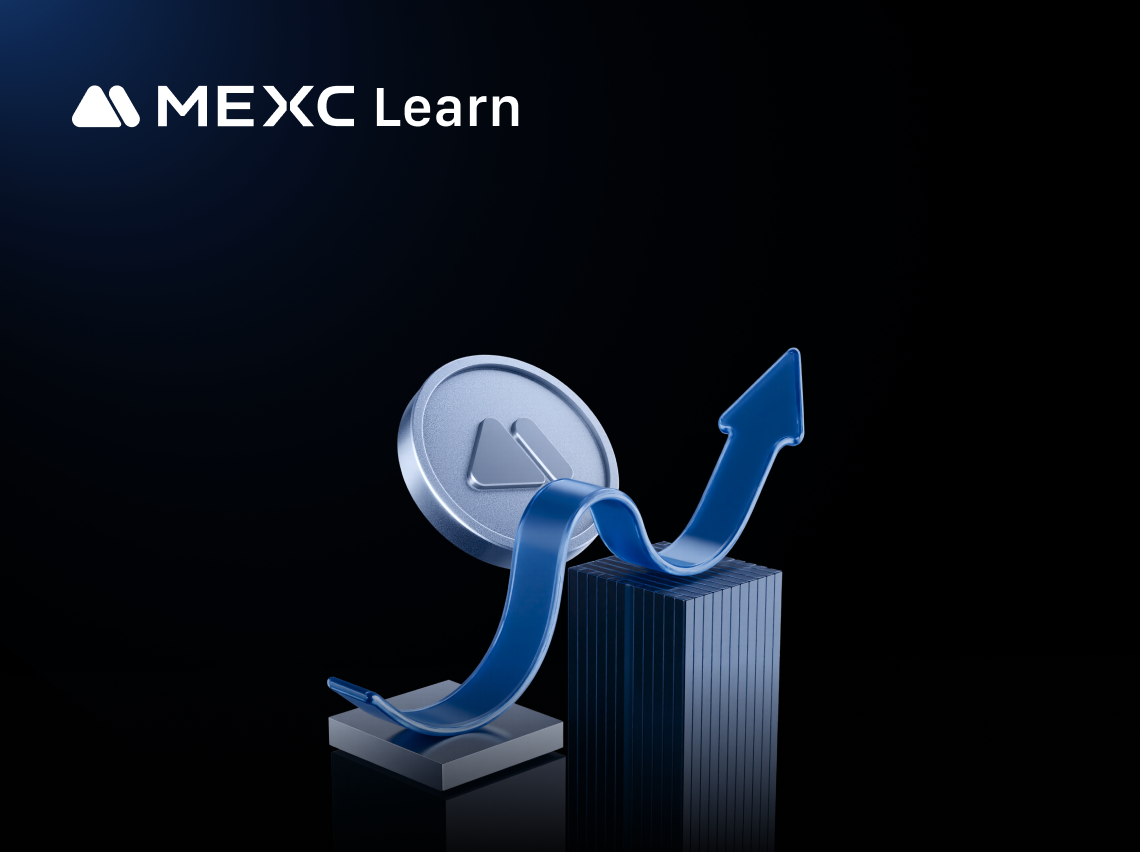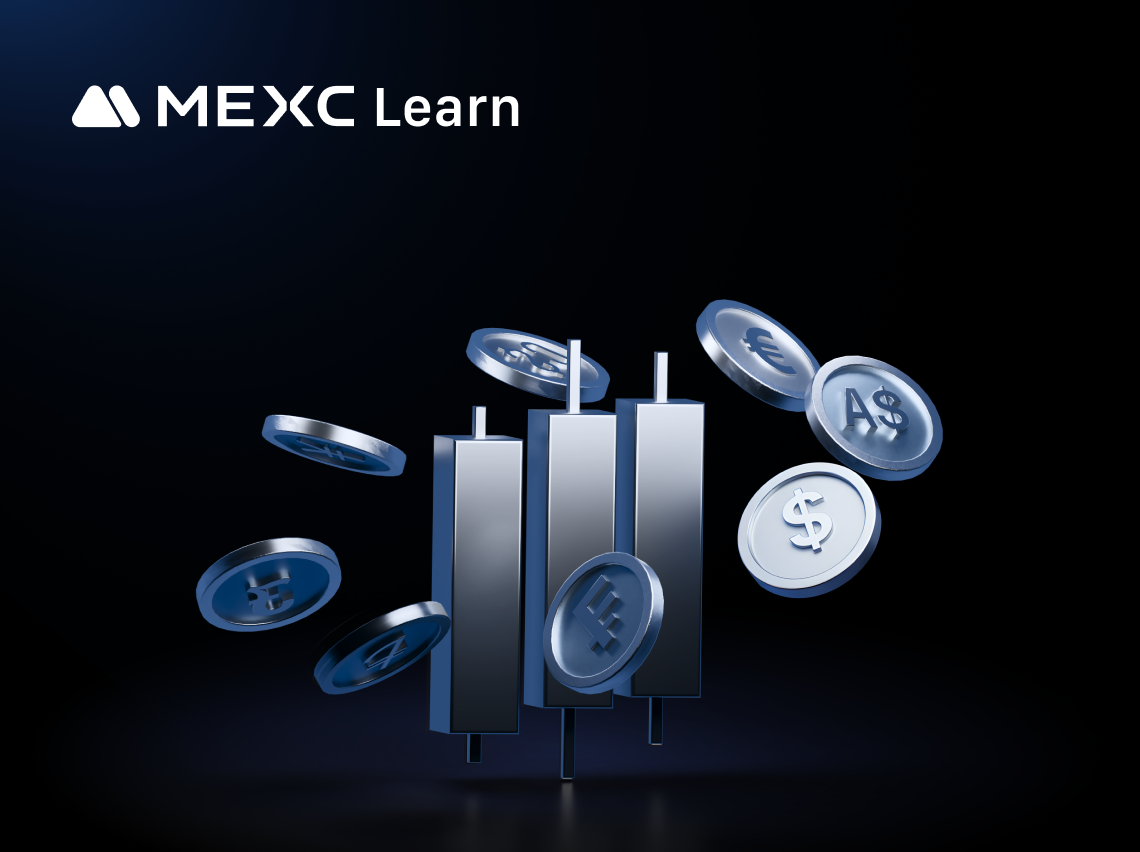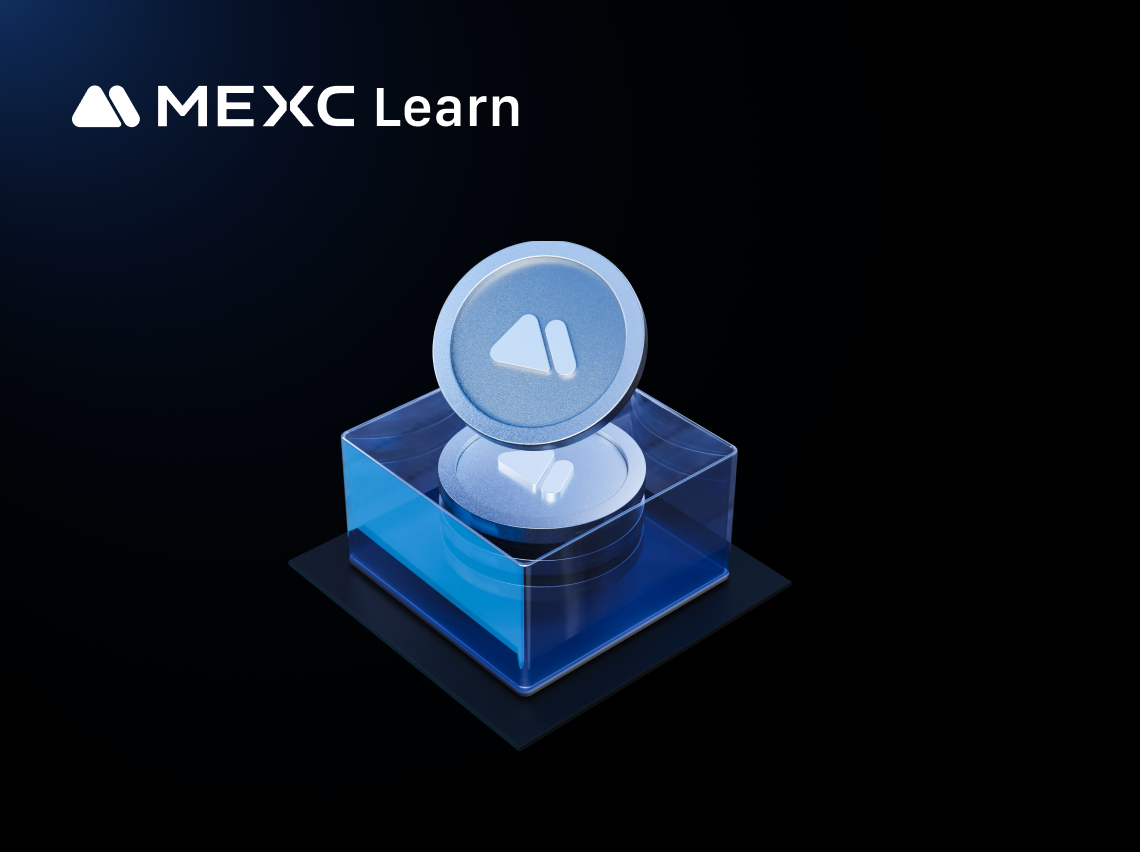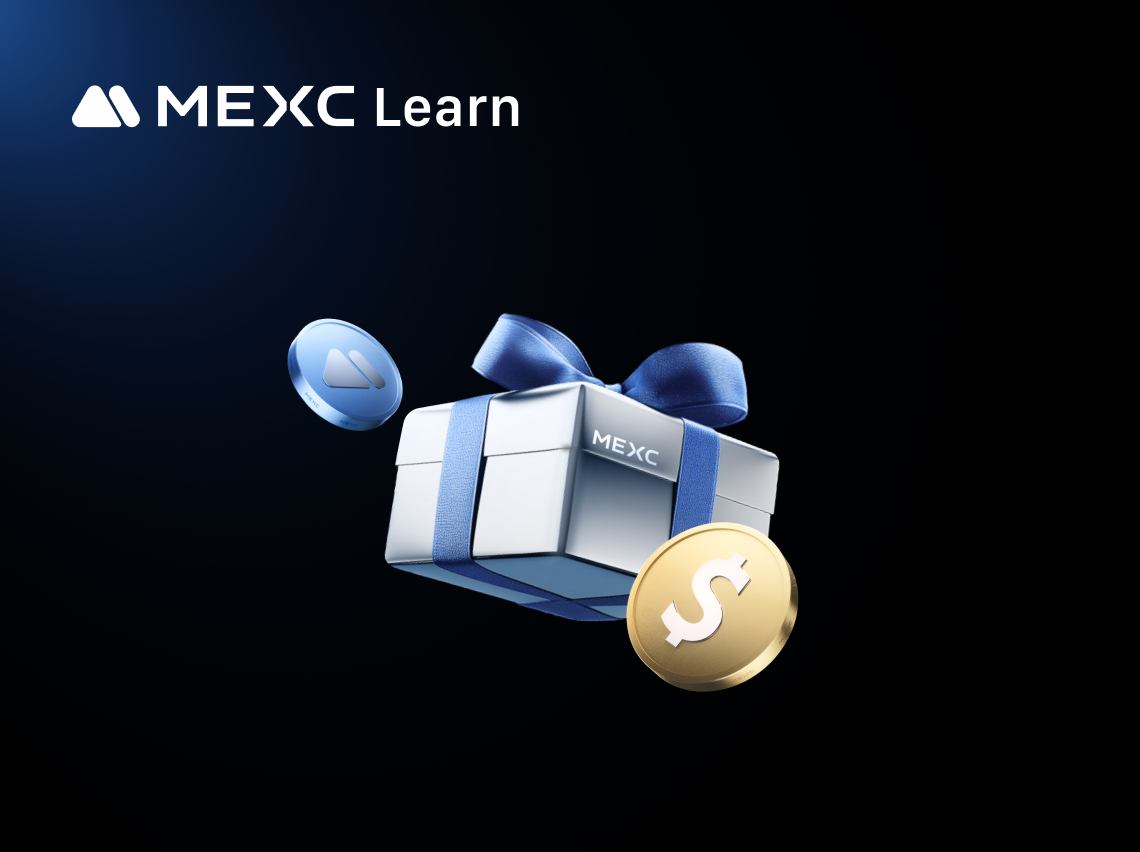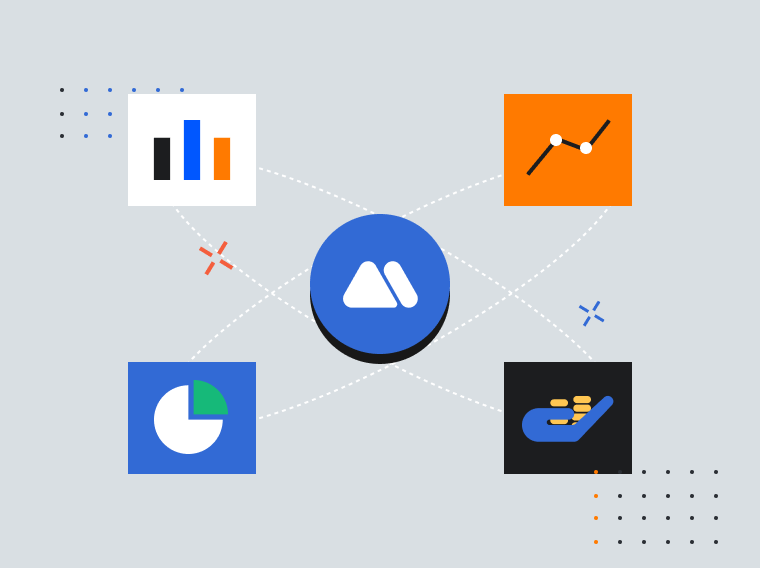In the rapidly evolving world of AI agents and blockchain technology, Meridian emerges as a groundbreaking payment infrastructure designed to solve critical interoperability challenges. This comprehensive guide explores how Meridian's innovative x402 payment protocol and proxy facilitator architecture enable seamless cross-chain transactions for AI agents. Whether you're a developer building autonomous agents, a crypto enthusiast exploring emerging protocols, or an investor evaluating the MRDN token, this article provides everything you need to understand Meridian's revolutionary approach to agent economies.
Key Takeaways:
Meridian is a payment infrastructure built on Coinbase that enables AI agents to transact across chains without platform lock-in through innovative proxy facilitator architecture.
MRDN token powers the ecosystem with 2% initial cashback rewards, staking-based fee reductions, and a sustainable emission model that decreases with network volume.
The protocol solves critical agent economy challenges including network lock-in, platform silos, payment complexity, and lack of standardized interoperability.
With 1 billion total supply distributed across emissions (70%), treasury (10%), and strategic allocations, MRDN tokenomics incentivize early adoption while ensuring long-term sustainability.
Currently live on Base mainnet and testnet with USDC support, Meridian is expanding cross-chain capabilities to become universal payment infrastructure for autonomous AI agents.
Meridian is a payment infrastructure protocol built on Coinbase's foundation that introduces receiver wallet architecture for x402 payments. Unlike traditional wallet-to-wallet transfers, Meridian implements a proxy facilitator model where payments flow through an intermediary layer, creating isolated receiver balances with built-in fee management and withdrawal controls.
The protocol solves a critical challenge for AI agents: the inability to transact freely across different blockchain networks and platforms. Through the X402ProxyFacilitator Contract, any EVM-compatible agent can receive and manage payments without direct wallet management or private key handling.
MRDN is the native utility token with a fixed supply of 1 billion tokens. It delivers cashback rewards starting at 2%, enables fee reductions through staking, and provides future governance rights. The token follows a sustainable economic model with 1% transaction fees funding protocol development and Bitcoin-like halving based on transaction volume.
Currently live on Base mainnet and testnet with USDC support, Meridian is the first purpose-built payment infrastructure for AI agent economies.
Understanding the distinction between Meridian and MRDN is essential for anyone exploring this ecosystem:
Aspect | Meridian | MRDN Token |
Definition | The complete payment protocol and infrastructure | The native utility token powering the ecosystem |
Function | Provides x402 payment architecture, proxy facilitator contracts, and organization management systems | Enables cashback rewards, fee reduction, governance, and network participation incentives |
Scope | Technical infrastructure layer built on Coinbase's foundation | Economic incentive mechanism within the infrastructure |
Comparison | Similar to "Ethereum" (the platform) | Similar to "ETH" (the currency) |
Use Cases | Developers integrate Meridian to enable agent payments | Users hold MRDN to receive cashback, reduce fees, and participate in governance |
Simply put: Meridian is the railroad system, while MRDN is the fuel that powers trains and rewards passengers for using the network.
AI agents today are restricted to single blockchain networks, severely limiting their reach and functionality. An agent built on Ethereum cannot natively transact with services on Polygon or Base without complex bridging solutions. Meridian solves this by providing cross-chain payment infrastructure that currently operates on Base with multi-network deployment capabilities, enabling agents to transact freely across EVM-compatible chains.
Agents can only interact with others from the same creation platform, preventing cross-ecosystem collaboration. This fragmentation means an agent built using one AI framework cannot seamlessly pay or receive payment from agents built using different frameworks. Meridian's platform-agnostic payment layer eliminates these artificial boundaries through standardized x402 payment protocols.
Complex payment integrations are required for each network and platform combination, creating significant developer friction. Traditional approaches require agents to manage wallets directly, handle private keys, and implement custom payment logic for each blockchain. Meridian's X402ProxyFacilitator Contract provides proxy architecture that enables any agent to receive payments without direct wallet management.
There's no standardized way for agents to communicate and transact across different infrastructures. Meridian addresses this through its API-driven organization management system, which is perfect for managing multiple agents under one umbrella. The transparent 1% withdrawal fee structure funds continued ecosystem development while maintaining predictable costs.
Meridian launched as a protocol layer built on Coinbase's infrastructure, introducing receiver wallet architecture for x402 payments. The project quickly moved from concept to implementation, going live on Base mainnet (Chain ID: 8453) and Base Sepolia testnet (Chain ID: 84532) with full USDC payment support. The development focused on creating proxy-managed receiver balances rather than traditional direct wallet transfers, representing a fundamental architectural innovation. Currently operational with organization-scoped payment management and multi-user access control, Meridian continues expanding its infrastructure to support the growing AI agent economy.
Unlike traditional wallet-to-wallet transfers, Meridian implements a proxy-managed receiver balance system. Payments flow from payer wallet to Meridian proxy, creating tracked receiver balances before controlled withdrawals. This architecture enables organization-scoped payment management with multi-user access, built-in fee collection on withdrawals rather than transfers, and enhanced security through organization-scoped access control—all without requiring agents to manage private keys directly.
Meridian currently operates on Base mainnet and Base Sepolia with full x402 payment support and USDC compatibility. The infrastructure is designed for multi-network deployment, meaning agents won't be locked to single networks. The same payment flow that works on Base extends across any EVM chain, providing unprecedented flexibility for agent developers building cross-chain applications.
The API-driven organization management system provides the framework for grouping multiple payment recipients under unified control. This maps naturally to agent ecosystems where multiple agents operate under shared management. Features include multi-user organizations with shared payment infrastructure, organization-scoped access control with API key management, and scalable architecture from single developers to multi-agent ecosystems.
Meridian implements a transparent 1% withdrawal fee structure that funds continued ecosystem development. The fee is collected only when funds are withdrawn, not during transfers, ensuring that accumulated balances can grow without constant deductions. This creates sustainable protocol revenue while maintaining competitive economics for high-frequency agent transactions.
Users receive cashback rewards paid in MRDN tokens calculated based on total payment amounts processed through the Meridian network. The initial cashback rate of 2% decreases exponentially with cumulative transaction volume, following a continuous decay model. This incentivizes early adoption while maintaining long-term sustainability through volume-based halvings.
Autonomous AI agents can receive payments for services rendered without managing cryptocurrency wallets directly. The proxy architecture accumulates payments in isolated balances, allowing agents to collect fees over time before withdrawal. This is particularly valuable for micro-transaction scenarios where immediate settlement would be cost-prohibitive due to gas fees.
Applications requiring payments across multiple blockchain networks can leverage Meridian's unified payment layer. Instead of implementing separate payment logic for each chain, developers integrate once with Meridian and gain access to all supported networks. This dramatically reduces development complexity for multi-chain decentralized applications.
Organizations deploying multiple AI agents benefit from centralized payment management through Meridian's organization system. A single API integration allows managing payment flows for dozens or hundreds of agents, each with isolated balances and withdrawal controls. This enterprise-grade infrastructure scales efficiently as agent deployments grow.
Platforms where AI agents offer services to users or other agents can integrate Meridian for payment processing. The authorization validation and settlement mechanisms handle the core requirements for any payment-enabled agent marketplace, while the fee structure provides sustainable revenue for marketplace operators.
The MRDN token has a total supply of 1,000,000,000 tokens distributed strategically across key stakeholders:
Token Distribution:
70% Emissions (700,000,000 MRDN) - Allocated for cashback rewards with exponential decay based on transaction volume, ensuring long-term sustainability while rewarding early network participants
10% Treasury (100,000,000 MRDN) - Reserved for protocol development and ecosystem growth initiatives, providing sustainable funding for ongoing improvements
10% Team (100,000,000 MRDN) - Distributed to core contributors with 4-year linear vesting schedule, aligning long-term incentives with protocol success
5% Liquidity & Listings (50,000,000 MRDN) - Dedicated to MRDN/USDC trading liquidity and reserves for future exchange listings, ensuring healthy market depth
3% Pool2 (30,000,000 MRDN) - Allocated for additional liquidity incentives to bootstrap trading activity
1% Closed Round (10,000,000 MRDN) - Used to bootstrap initial liquidity pools and early ecosystem partnerships
1% uOS Airdrop (10,000,000 MRDN) - Community distribution to drive initial adoption and network effects
Emission Model:
The cashback emission follows an exponential decay function where the rate decreases continuously with cumulative transaction volume. The formula y(x) = 0.02 × e^(-6.9×10⁻⁹ × x) determines cashback percentage at volume x (measured in USD). This creates natural halvings triggered by network usage milestones rather than fixed time intervals, with average cashback converging to 0.078% when all 700M emission tokens are distributed.
MRDN's primary utility is delivering cashback rewards to network participants. Users receive 2% initial cashback on payments processed through Meridian, paid in MRDN tokens. The actual token amount varies with MRDN's market price—higher prices mean fewer tokens received, while lower prices result in more tokens. For example, a $100 USDC payment generates $2 in cashback; at $0.50 per MRDN, users receive 4 tokens.
Token holders can stake MRDN to reduce transaction fees below the base 1% rate. Higher stake amounts and longer duration commitments unlock greater fee discounts, incentivizing token holding and active network participation. This creates a dynamic structure where committed users benefit from progressively lower costs as their stake increases.
MRDN serves as the primary mechanism for encouraging ecosystem growth and usage. The emission model specifically rewards early adopters with higher cashback rates while transaction volume naturally reduces emissions over time. This creates a balanced approach where pioneers receive outsized benefits while maintaining long-term sustainability.
While currently focused on utility functions, MRDN is positioned to enable governance participation as the protocol matures. Token holders will gain the ability to vote on protocol upgrades, parameter adjustments, and ecosystem fund allocations, ensuring community-driven development aligned with stakeholder interests.
The 1% transaction fee collected immediately when funds flow through Meridian contracts generates sustainable protocol revenue. This treasury funding supports continuous development and ecosystem expansion. MRDN holders benefit from this real yield model where protocol-generated revenue provides tangible value beyond speculative token appreciation.
Meridian's roadmap focuses on expanding its agent-ready infrastructure across multiple dimensions. Technical priorities include deploying to additional EVM-compatible chains beyond Base, enhancing agent interoperability features, and implementing permissionless contribution systems where anyone can build on the protocol. The vision centers on establishing Meridian as the universal payment standard for AI agent economies, enabling unprecedented cross-platform agent collaboration through standardized transaction protocols. Economic development will introduce advanced staking mechanisms with tiered benefits and progressive governance transitions to community control. As the AI agent ecosystem matures, Meridian aims to become foundational infrastructure similar to how payment rails underpin traditional economies.
Meridian operates in the emerging space of payment infrastructure for AI agents and decentralized applications. Traditional competitors include general crypto payment processors like Coinbase Commerce and other blockchain payment gateways, which lack agent-specific features. Agent-focused alternatives may exist but typically don't offer the combination of proxy facilitator architecture, cross-chain capabilities, and built-in economic incentives that Meridian provides.
Meridian's key competitive advantages include its innovative receiver wallet architecture that eliminates direct wallet management requirements, native x402 payment protocol integration with Coinbase infrastructure, organization management system designed specifically for multi-agent deployments, and sustainable tokenomics with cashback rewards. The protocol is first-to-market with purpose-built infrastructure for agent economies rather than adapting existing payment systems. For developers building autonomous agents requiring payment capabilities, Meridian offers unmatched specialization in solving agent-specific challenges like cross-platform interoperability and scalable payment management.
MEXC is the premier platform for purchasing MRDN tokens, offering a user-friendly trading experience with comprehensive security features. As one of the leading cryptocurrency exchanges globally, MEXC provides high liquidity for MRDN trading pairs, competitive trading fees, and advanced trading tools suitable for both beginners and experienced traders. The platform's robust infrastructure ensures smooth order execution with minimal slippage, while 24/7 customer support assists with any questions or issues that may arise during trading.
Step-by-Step Guide on MEXC:
Create a MEXC Account: Visit the official MEXC website and complete the registration process with your email address.
Complete KYC Verification: Submit required identity documents to meet regulatory requirements and unlock full trading capabilities.
Deposit Funds: Transfer USDT or other supported cryptocurrencies from an external wallet to your MEXC account.
Navigate to MRDN Trading Pairs: Use the search function to find "MRDN" or directly access the MRDN/USDT trading pair.
Place Your Order: Choose between market order (immediate purchase at current price) or limit order (set your desired purchase price).
Meridian represents a fundamental breakthrough in payment infrastructure for the emerging AI agent economy. By introducing proxy facilitator architecture and x402 payment integration, Meridian solves critical challenges of network lock-in, platform silos, and payment complexity that have hindered agent interoperability. The MRDN token powers this ecosystem through innovative cashback rewards, fee reduction mechanisms, and sustainable tokenomics designed for long-term growth. As autonomous AI agents become increasingly prevalent across blockchain ecosystems, Meridian's agent-ready infrastructure positions it as essential foundational technology. For developers building the next generation of intelligent applications and investors seeking exposure to the agent economy, Meridian offers compelling value through proven technical architecture and forward-thinking economic design.
Looking to grow your crypto portfolio while helping others discover innovative projects like Meridian? MEXC's Referral Program offers up to 40% commission on your friends' trading fees. Simply share your unique referral code or link, invite friends to join MEXC, and automatically earn rewards when they complete trades. The program features three earning opportunities: earn USDT commissions, receive massive airdrop rewards when friends join campaigns, and unlock 50% increased airdrop rewards as a Kickstarter. With instant commission distribution, 1,095-day validity period, and rates up to 40% for both spot and futures trading, MEXC's referral program transforms your network into a sustainable income stream. Start earning today by inviting friends to explore MRDN and other cutting-edge crypto projects on MEXC.
Excited about Meridian's revolutionary payment infrastructure for AI agents? MEXC is now hosting an exclusive MRDN airdrop campaign with generous rewards! Complete simple trading tasks to participate in this groundbreaking protocol that's reshaping how autonomous agents transact across blockchains. With its innovative proxy facilitator architecture and sustainable 2% cashback mechanism, Meridian represents the future of agent economies. Don't miss this opportunity—visit MEXC's Airdrop+ page now to claim your MRDN tokens and become an early adopter in the cross-chain AI agent revolution!

